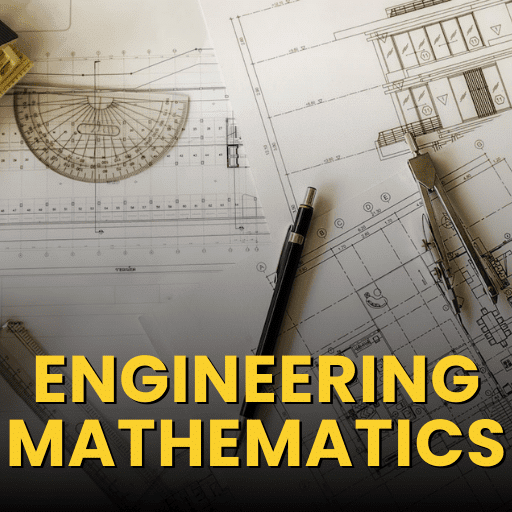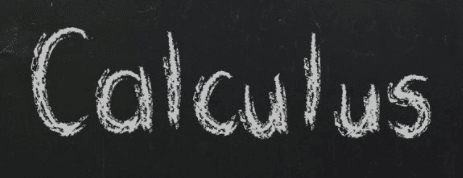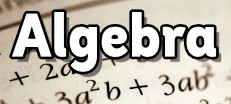The Skeletal System | Science Class 5 PDF Download
| Table of contents |

|
| Introduction |

|
| The Skeleton |

|
| Parts of Skeleton |

|
| Functions of the Skeletal System |

|
| What is a Joint? |

|
| Immovable Joints |

|
| Movable Joints |

|
Introduction
- Imagine if your body was made of jelly! How hard would it be to walk, run, or even stand straight? Luckily, we have something amazing inside us – bones!
- Our bones form a strong framework called the skeletal system that keeps us standing tall, helps us move, and protects important organs like the brain and heart.
- The skeletal system isn’t just about bones – it’s like a secret team working inside your body.
- Each bone has a job, whether it’s holding you up, helping you play your favorite games, or keeping you safe from injuries.
- And guess what? Your body has 206 bones by the time you grow up!

- The skeletal system protects its soft internal organs.
- It provides shape to our body.
- The bones are attached to the muscles and help in movement.
- The skeletal system along with the muscular system, works together to make our body function like a perfect machine.
- Let's learn more about the skeletal system.

The Skeleton
- The skeleton is the framework of bones that gives shape and strength to the body.
- It also protects our inner organs.
 The Skeleton protects the internal organs of the body
The Skeleton protects the internal organs of the body - The bones help us in moving our body with the help of our muscles.
- There are 300 - 350 bones in an infant and 206 bones in an adult human being.

- This decrease in the number of bones from the childhood to the adult stage is due to the fusion of some bones.
- Bones require calcium, phosphorus and some vitamins like vitamin D for proper development.
- Nerves that run through the bones also need blood supply. They are filled with soft fatty material called bone marrow.

- The red blood cells in our blood are produced by the bone marrow.
Parts of Skeleton
The human skeleton consists of the skull, ribcage, backbone, limbs and girdle (pectoral and pelvic girdle).

 Parts of Human Skeleton
Parts of Human Skeleton
The skull
- The bone of our head makes the skull.
- The cranium is a part of the skull that protects the brain.
- It is made up of eight flat bones, which are interlocked together.
- Except for the lower jaw, all the bones of the skull are fixed. The lower movable jaw enables us to eat and talk.
- The skull of an adult human generally contains 28 bones.
- Our face is made up of 14 bones, which protect important sense organs like the eyes, nose and tongue.
The backbone
- The skull is attached to the backbone, which forms the main axis of the skeleton.
- The backbone is made up of 33 small bones called vertebrae.
- They are linked together to form a vertebral column.
- It protects the spinal cord and is also known as the spine.
- Our backbone is flexible and helps us to bend or twist.
The Ribcage

- Ribs are narrow curved bones.
- 12 pairs of ribs form a cage around the chest, which is called the ribcage.
- Ribs are joined to the backbone and the sternum.
- All 12 pairs of ribs are attached to the backbone but only 10 pairs of the ribs are attached to the sternum.
- Hence, the last two pairs of ribs are called floating bones. The ribcage protects the heart, lungs and other internal organs.
- The movement of the ribs also helps in respiration.

Which are the organs that the above given bones protect?
(i) Stomach
(ii) Lungs
(iii) Liver
(iv) Heart
The Limbs
- There are two pairs of limbs in our body — the fore limb and the hind limb.
- The fore limbs are called arms and the hind limbs are called legs.
- The arms are attached to the backbone with the help of the shoulder girdles, also known as pectoral girdles.

- The shoulder girdles consist of a pair of collarbones, a clavicle and a pair of shoulder blades, scapula.
- There are 27 bones in our hands and wrists, out of which the upper arm has a single long bone called the humerus, and the lower arm has two bones - radius and ulna together known as radio-ulna.

- The hind limb is attached to the bottom of the backbone with the help of the pelvic girdle.
- The upper part of the hind limb has a strong and powerful thigh bone called the femur.
- The femur is the longest bone of our body.
- The lower leg has two bones - tibia and fibula - together known as tibio fibula.

Girdles
Our body has two types of girdles - pectoral girdle, also called shoulder girdle, and pelvic girdle, also called hip girdle. The girdles help in joining the limb directly to the backbone. The girdles are fixed to the backbone and lie on either side.

Functions of the Skeletal System
The skeleton has the following functions:
- The skeletal system gives shape, strength and support to the body.
- It protects the soft internal organs in the following ways:
1. The skull protects the brain.
2. The backbone protects the spinal cord.
3. The ribcage protects the heart and the lungs.
4. The hip bone protects organs like the kidneys and the bladder.
5. The eyeballs are protected by the bony eye sockets. - It helps to move our body with the help of the muscles.
- Red blood cells and white blood cells are produced in the bone marrow.
- Bones also store minerals like calcium and phosphorus.
Collar Bone
Ribcage
Kneecap
Backbone
To which body system do the bones in the list belong to?
 |
Download the notes
The Skeletal System
|
Download as PDF |
What is a Joint?
A joint is a location in our body where two bones meet. It is a junction between two or more bones. It allows movement and provides mechanical support to the body.

Cartilage is a type of elastic tissue, which keeps the bones from rubbing against each other. Bones are held together by strong tissues called ligaments. Our body has several joints. These joints may be movable or immovable.

Immovable Joints
Bones are held tightly together in an immovable joint. Cartilages are not present between the joints. The bones in the skull are immovable joints.

Movable Joints
- The joints which allow different kinds of movements are called movable joints.
- At joints, bones move smoothly because of a fluid that acts like a lubricant.
- There are four types of movable joints.
- Let us discuss them in detail.
1. Hinge Joint 
This joint is like a hinge in a door. This kind of joint only allows back and forth, i.e, they allow movement in one direction only. Hinge joints are found in the elbow, knees, fingers, toes, etc.
2. Ball and Socket Joint

The ball and socket joint allow maximum movement. It is found in the hip and shoulder joints. In such a joint, one bone that ends in a ball fits into the socket of the other.
3. Pivot joint

The joint which joins the skull to the backbone is the pivot joint. The rod-shaped end of one bone fits into the ring-type end of the other bone. In this case, the rod-shaped vertebral column (first two vertebrae) fits into a hole in the skull. This joint allows movement of our head from side by side, and up and down.
4. Gliding joint

This kind of joint is found between the wrist and ankle and between the two vertebrae. It allows slight movement in all directions. It helps our wrist to bend, twist and turn at each point.
|
42 videos|202 docs|45 tests
|
FAQs on The Skeletal System - Science Class 5
| 1. What are the main parts of the skeleton? |  |
| 2. What are the functions of the skeletal system? |  |
| 3. What is a joint and why is it important? |  |
| 4. What are immovable joints? |  |
| 5. What are movable joints and what types are there? |  |




























